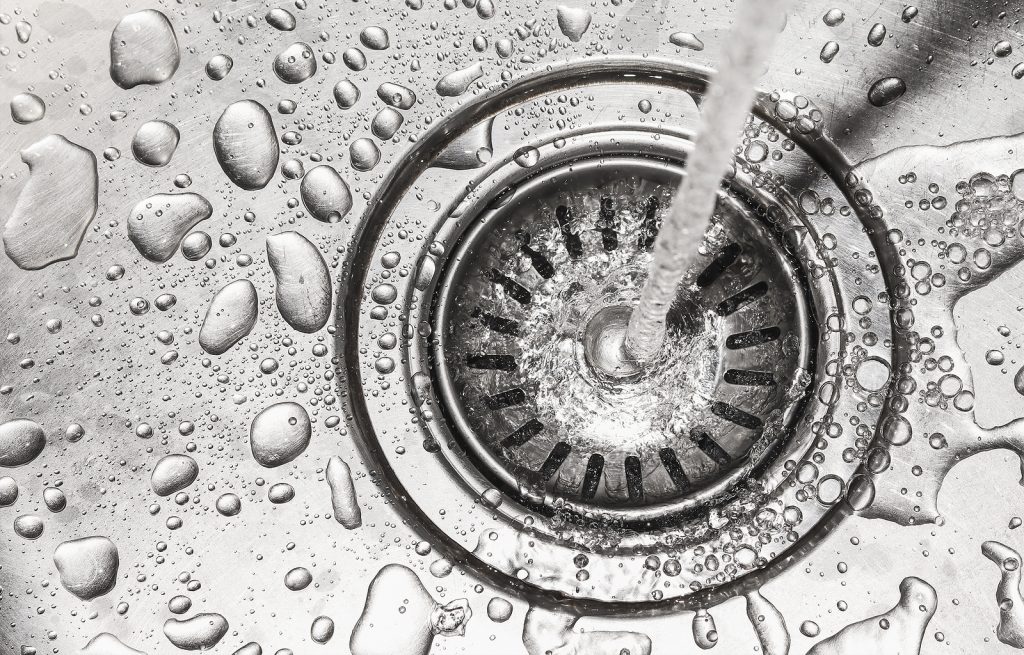Modern plumbing is only possible because engineers figured out how to manage water pressure and water flow. Many people don’t give a second thought about turning a faucet on and getting a steady stream of water, but a lot has to go right in order for that to happen.

Those two terms, pressure and flow, are central to understanding how water can be equally available to somebody on the top floor of a building and the basement at the same time.
Pressure vs. Flow
Pressure is easier to see and feel. It is described as the force of a fluid going through a pipe of a certain cross-sectional area. The narrower the pipe, the more pressure will be exerted by the same amount of water. You can test this whenever you are using a garden hose. If you partly cover the end of the hose with a finger, the flow of water will come out faster.
All of this is related to but different from water flow, which measures how much water is going through a pipe. Even if you have a high pressure hose, if the water flow is low it will take forever to fill a bucket.
To adjust water flow for the user, the opening end of a pipe must be increased or decreased in size. The internal size of the pipe, its material, and the usage of regulators and gravity have the largest effect on the water pressure.
The material a pipe is made from is important since that affects the friction exerted on the water, which can decrease the pressure and flow. Most pressure regulators use a precision combination of springs and discs to create a valve that does the same thing to water in a pipe that we were doing to the water coming out of the hose.
Common Causes of Low Pressure and Flow
A clog somewhere in a pipe or drain is the most obvious possible cause for plumbing issues. Often these require assistance from a professional to locate and dislodge. Before jumping to conclusions, double-check if any valves are partly closed.
The pressure regulators could be the source of the issue, too. If they don’t already have gauges with an arrow indicating pressure, most hardware stores carry gauges that can be screwed onto the end of a regulator for testing. Issues that originate with the regulator are often accompanied by the sound of banging and clanging within the internal pipes.
If you live near the North Houston area and feel like something is wrong with your water pressure or water flow, call Rooter-Man at 281.351.4422, where 60 years of plumbing experience meets customer-friendly, 24/7 service.
